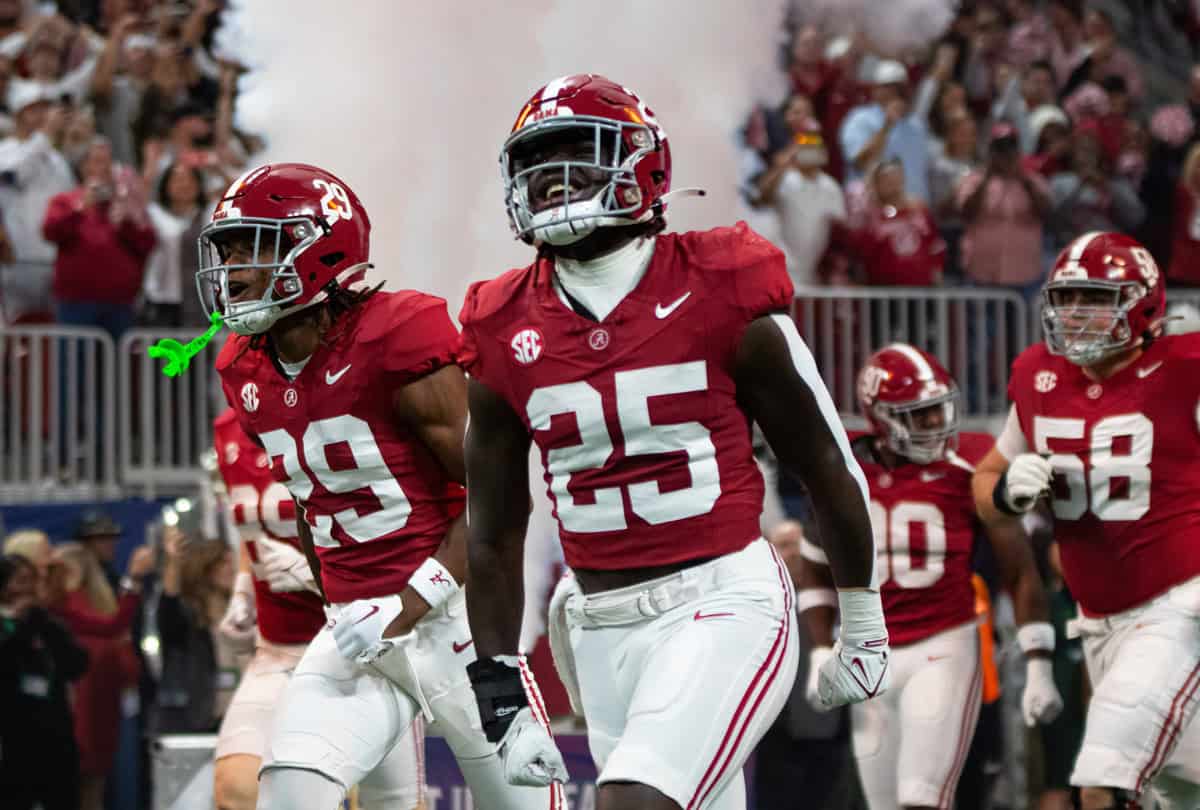When people think of hubs of environmental diversity, they likely think of places like the Amazon rainforest, tropical islands or other distant, faraway places. However, many do not realize the state of Alabama is home to some of the most diverse wildlife in the United States – it’s perhaps our state’s best-kept secret. According to the Alabama Department of Conservation and Natural Resources, the Mobile-Tensaw River Delta is home to over 300 species of birds and 120 species of freshwater fish. Despite our unique place as one of the most ecologically rich states in the U.S., Alabama falls woefully short in maintaining our resources. Alabamians need to recognize the incredible wealth of plant and animal life we have in our state, and we need to ensure that this diversity is preserved.
Chesapeake Bay in Maryland and Virginia is an example of what happens when unfettered human development is allowed to destroy ecosystems. Over 15 million people live in the bay’s watershed, and that strain has led to enormous species loss, pollution and overall environmental degradation. Once a rich center of ecological and economic wealth for the region, hypoxic dead zones in the water, caused by pollution, kill millions of fish, plants and other marine life every year. After nearly 80 percent of surrounding forests had been removed or damaged by the late 20th century, the area has scrambled to reverse the damage done.
The Mobile-Tensaw River Delta watershed is home to less than a third of the population of the Chesapeake, but the South has experienced rapid population growth relative to the rest of the country. As Alabama’s population grows, more and more strain will be put on our state’s natural resources, and it’s alarming our state government seems to doing nothing about it. In a Wallethub.com ranking of 2015’s most eco-friendly states, Alabama ranks 46th out of 50. The ranking weighs both pollution rates and eco-friendly policies, and it’s concerning that the state with the most to lose is ranked near the bottom. There’s a strong chance this is the reason we’re ranked so low – the state ranks 49th in environmental spending per capita, and 57% of that spending was cut between 2008 and 2012. Combine this with bare-bones regulations on many of the state’s manufacturing industries, and you have a recipe for disaster, ecologically speaking.
These foreboding statistics have already resulted in real world effects – Alabama is now the home of the most extinction events in the country, with species of rare freshwater fish and crustaceans dying out every single year. It’s believed the last Alabama sturgeon may have died in 2013. Mobile Bay’s famous jubilees are happening with more and more frequency and result in more dead fish than before, indicating a more unhealthy, hypoxic environment in the water, potentially caused by pollution upstate.
By no means is it too late to save the richness of Alabama’s wildlife and natural resources, but it’s time for Alabamians and our state representatives to take this issue more seriously. Chesapeake Bay, among other examples in our country, shows what happens when environmental degradation goes too far. It’s vitally important that we work to keep “Alabama the Beautiful” just that.
Kyle Simpson is a junior majoring in biology. His column runs weekly.






